The United States Institute of Peace office is grappling with significant water damage and pest infestations, including rats and roaches, which are leading to considerable disruptions in its operations.
The state of the office has become a matter of concern not only for the management but also for employees, who are dealing with the implications of working in such conditions. This office, expected to be a place of solace and productivity, is turning into a hazardous environment. Such conditions inevitably affect both the well-being of the employees and the efficacy of the institution’s work, which is crucial given its mission to promote peace and conflict resolution.
The problems stem largely from structural issues, which have enabled water to infiltrate the building, fostering an environment where pests can thrive. The presence of water damage often correlates with the emergence of rodents and insects, which find moisture-rich environments conducive to their survival and proliferation.
The Institute of Peace is striving to address these problems promptly; however, the broader implications of such infrastructural lapses are worth noting. Water leakage and pest infestations are not just about immediate discomfort but reflect ongoing maintenance challenges that can impede an organization’s functionality. These issues can detract from the Institute’s credibility if not resolved efficiently, impacting its standing in the international community, which relies on its thought leadership and operational integrity.
Moreover, the underlying issues of maintenance extend beyond mere inconvenience, revealing potential health hazards that can affect workforce productivity. The presence of rodents and pests poses health risks that range from allergic reactions to more serious diseases, making it imperative for organizations to prioritize both the health and safety of their staff and the upkeep of their physical environments.
Another significant aspect is the psychological impact on employees. Work environments play a crucial role in employee satisfaction and productivity. Constant exposure to a dilapidated environment may lead to lower morale and higher levels of stress, potentially causing decreased motivation and performance, which ultimately affects an organization’s output.
The situation at the United States Institute of Peace exemplifies a broader narrative regarding workplace safety and maintenance within organizations. Institutions are continually seeking to balance the costs of maintenance and the need for a conducive work environment. As organizations grow older or face unique geographic challenges, the importance of proactive maintenance and rapid response to infrastructural issues cannot be overstated.
In addressing such challenges, the Institute of Peace will need to employ a multi-faceted approach that includes identifying and mitigating sources of structural weaknesses that allow water ingress, alongside robust pest control measures. Ensuring regular and thorough maintenance checks can preemptively identify potential issues before they escalate into crises.
In conclusion, the current situation at the United States Institute of Peace underscores the importance of regular maintenance and swift responsiveness to infrastructure and pest-related issues. The wellbeing and productivity of an organization’s workforce hinge on a safe and healthy work environment. Hence, addressing such challenges not only protects employees but also upholds the esteemed reputation of institutions dedicated to making a positive impact on international peace and cooperation.
IT Trend
DOGE

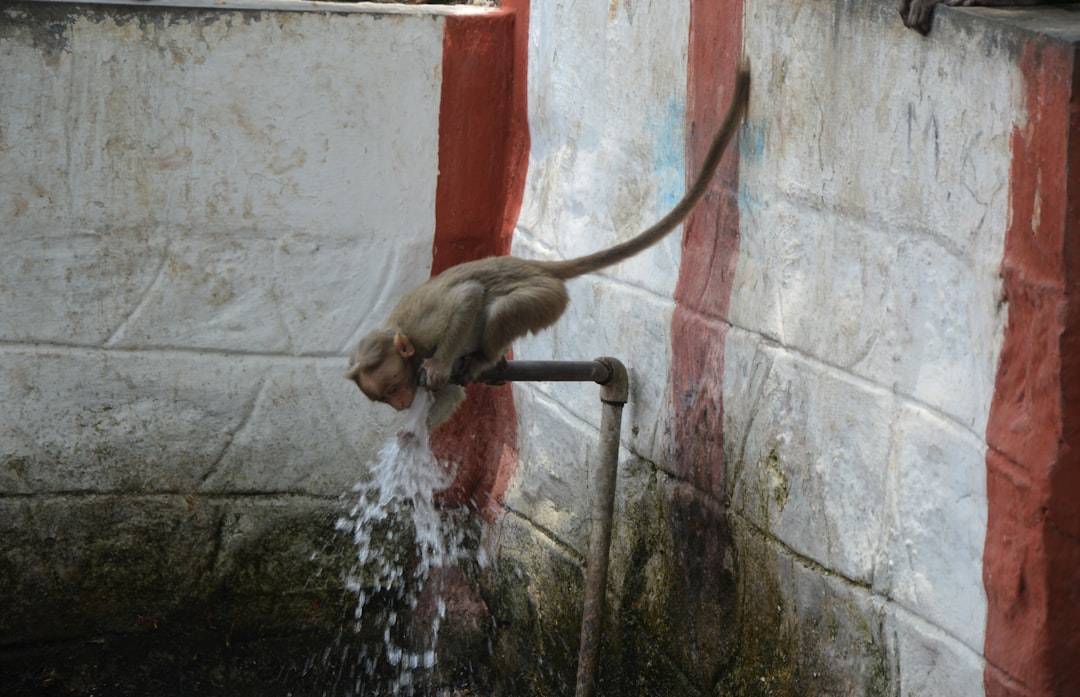




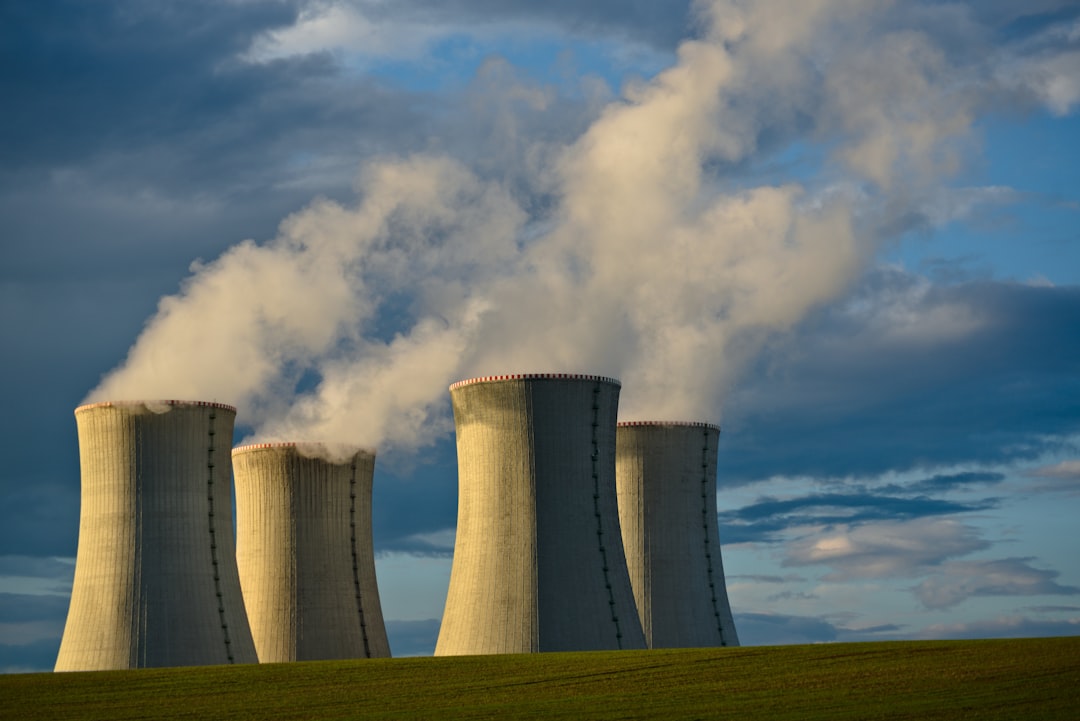
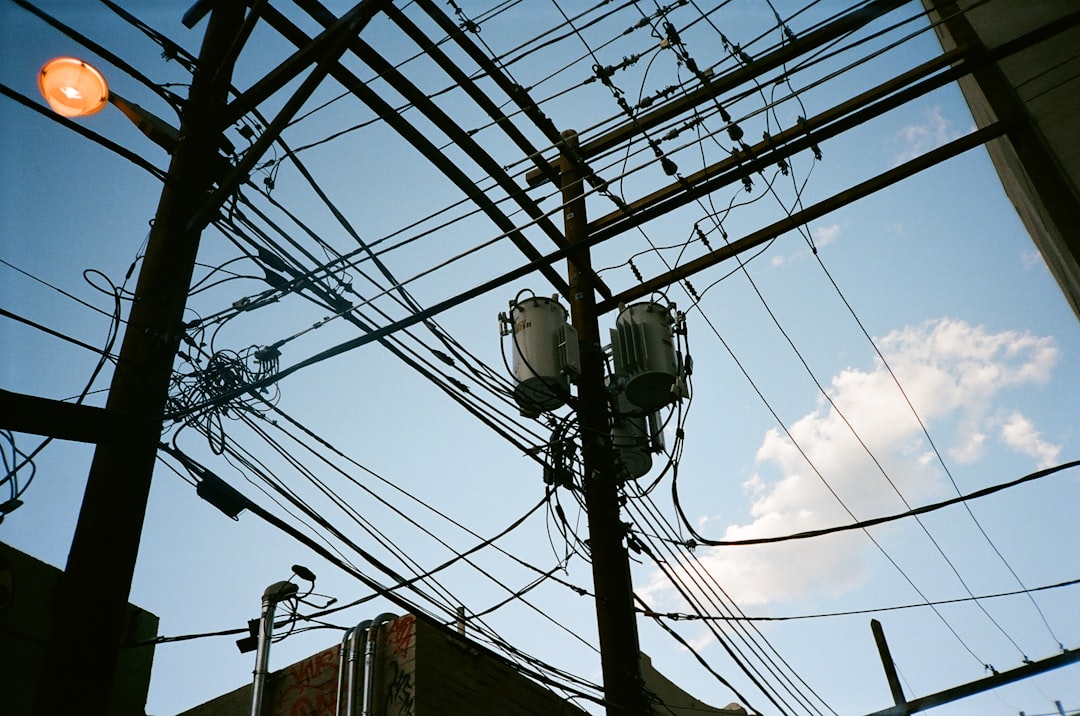




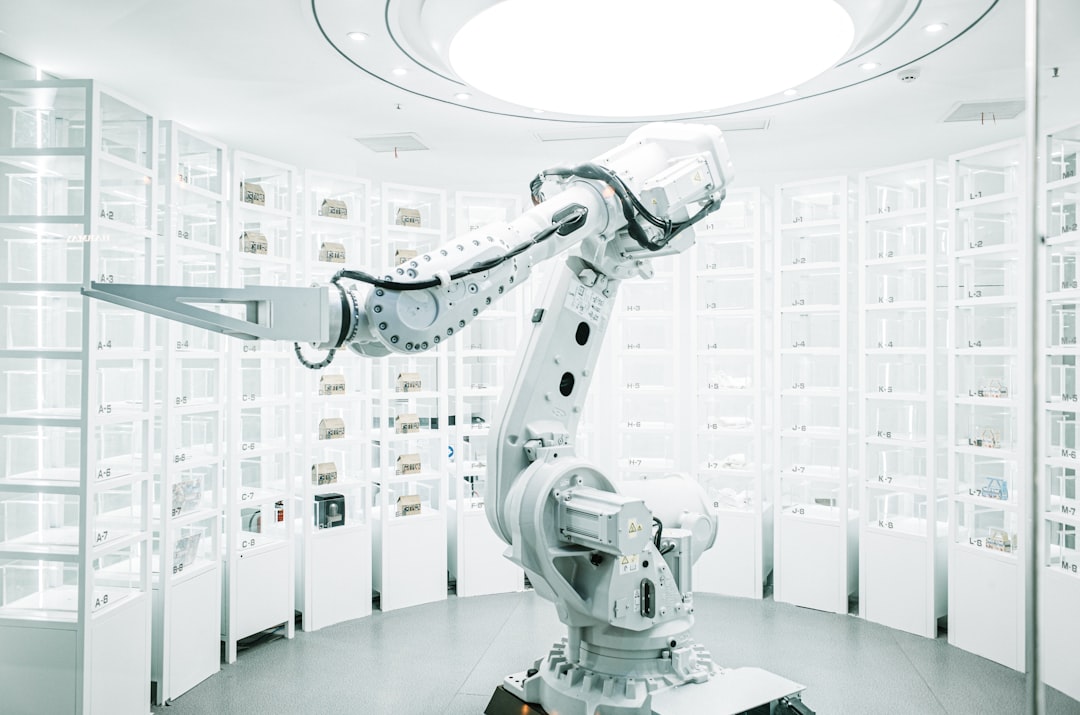
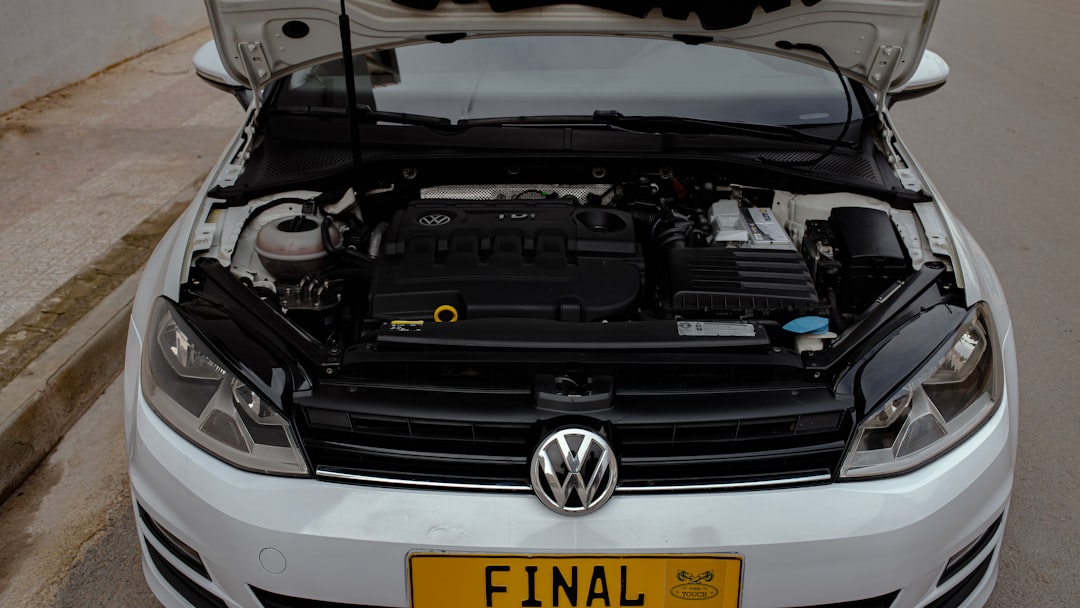

Leave a Reply